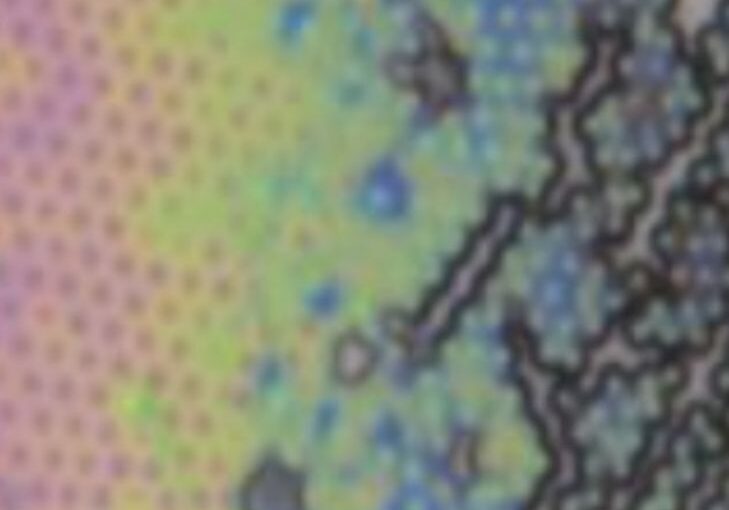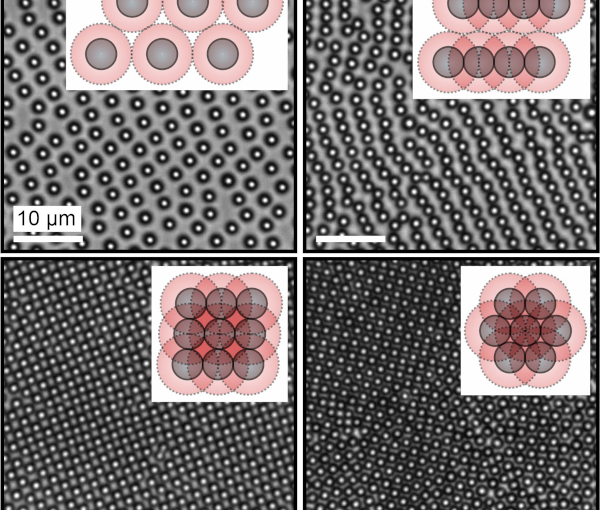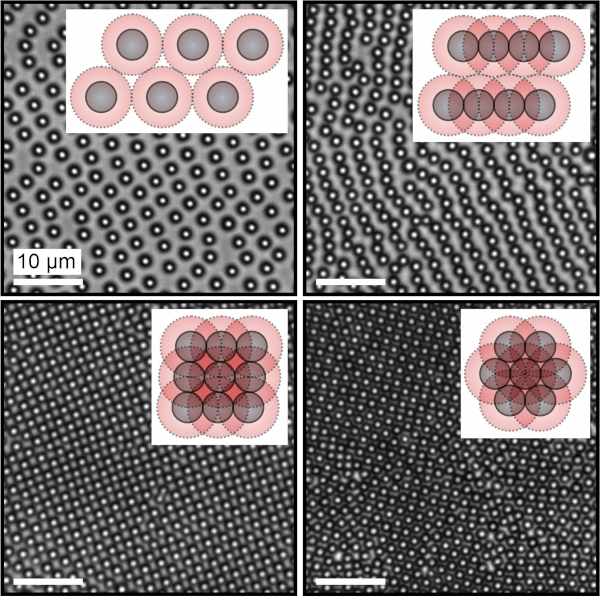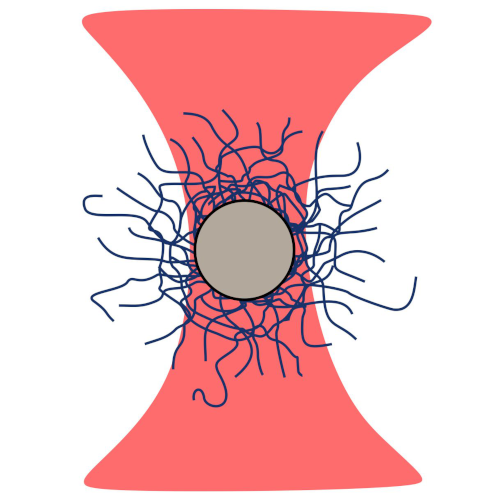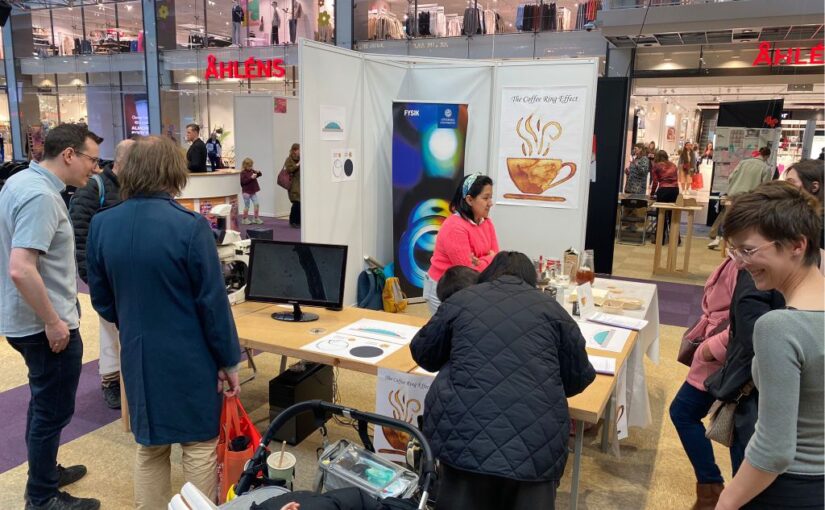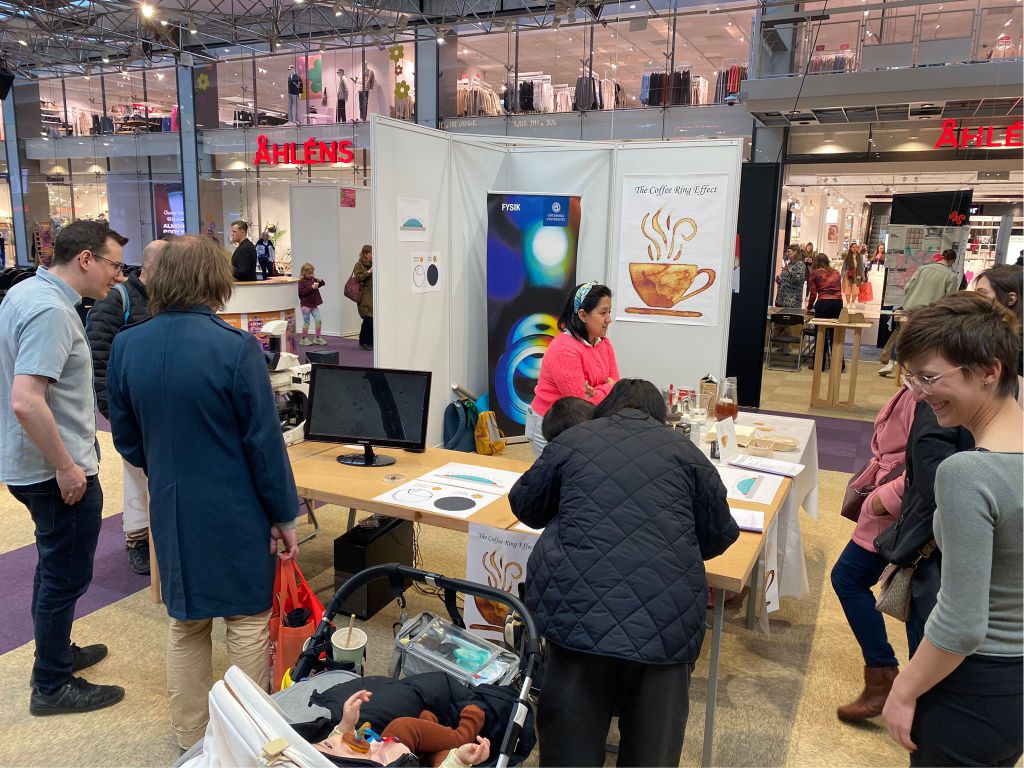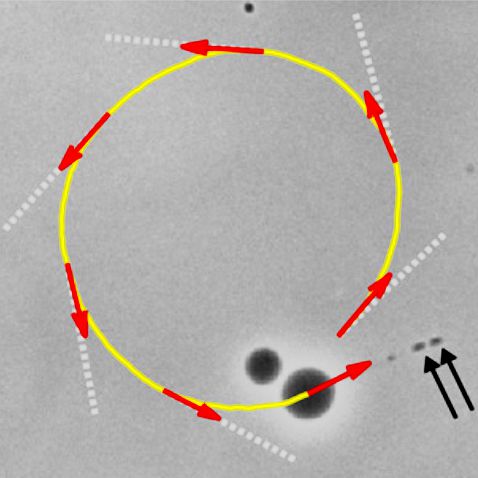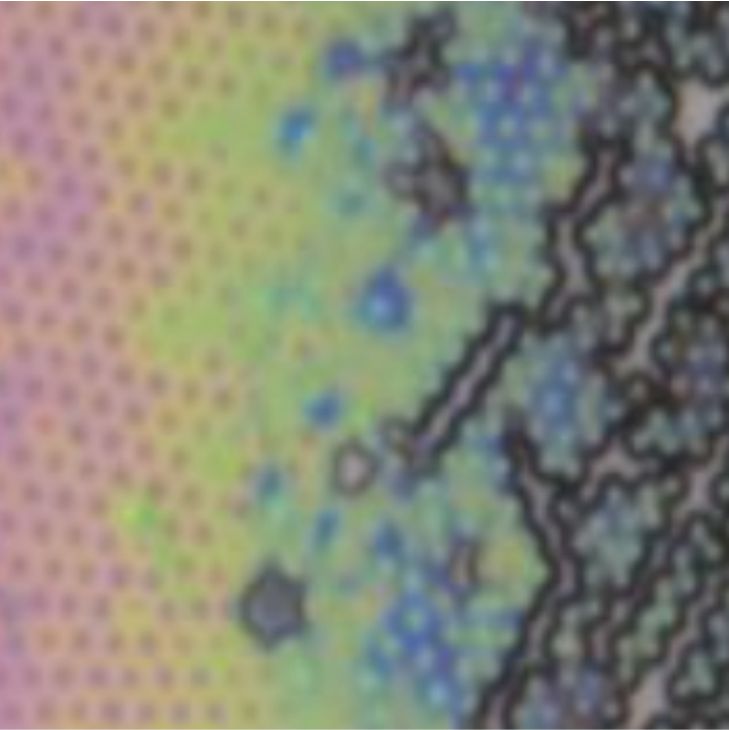
Matthias Karg
20 September 2023, 12:30, Nexus
Microgels are soft polymeric objects with an internal gel-like structure and overall dimensions in the colloidal regime [1]. It is known that microgels strongly adsorb to liquid/liquid and liquid/air interfaces. Many studies in the last two decades attempted to understand the phase behavior of soft, deformable microgels at such liquid interfaces. Typically, the microstructures in dependence on applied surface pressure are studied ex situ using transfer of microgel monolayers from the liquid to a solid interface followed by investigation with different types of microscopies. Interestingly, in situ studies at the liquid interface are scare to nonexistent.
We tackled two challenges in this respect: 1) We managed to synthesize core-shell microgels that are large enough to be studied by optical microscopy or small-angle scattering using light [2]. 2) We build a setup that combines a Langmuir trough with small-angle light scattering (LTSALS) that allows for the large area study of monolayers during compression with excellent resolution in time [3]. In this work we present first results of the in situ analysis of microgel monolayers at air/water interfaces. Instead of the commonly reported solid-solid isostructural phase transition [4,5], we find a continuous compression of the monolayer with continuously decreasing interparticle distances [3]. Furthermore, drying of a thin liquid film with the monolayer at the liquid/air interface on hydrophilic and hydrophobic substrates shines light on the complex interplay between softness, adhesion and capillary interactions. We then studied the role of uniaxial compression/expansion by using our LT-SALS setup. Upon compression and/or expansion the monolayer remains somewhat anisotropic and a fast and a slow relaxation process is observed during an equilibration phase, i.e. when compression or expansion is stopped. Possible explanations for this behavior will be discussed.
References
[1] M. Karg, et al., Langmuir, 2019, 35, 6231-6255.
[2] K. Kuk, L. Gregel, V. Abgarjan, C. Croonenbrock, S. Hänsch, M. Karg, Gels 2022, 8, 516.
[3] K. Kuk, V. Abgarjan, L. Gregel, Y. Zhou, V. Carrasco-Fadanelli, I. Buttinoni, M. Karg, Soft
Matter, 2023, 19, 175-188.
[4] M.Rey, et al., Soft Matter, 2016, 12, 3545-3557.
[5] A. Rauh, et al., Soft Matter, 2017, 13, 158-169
